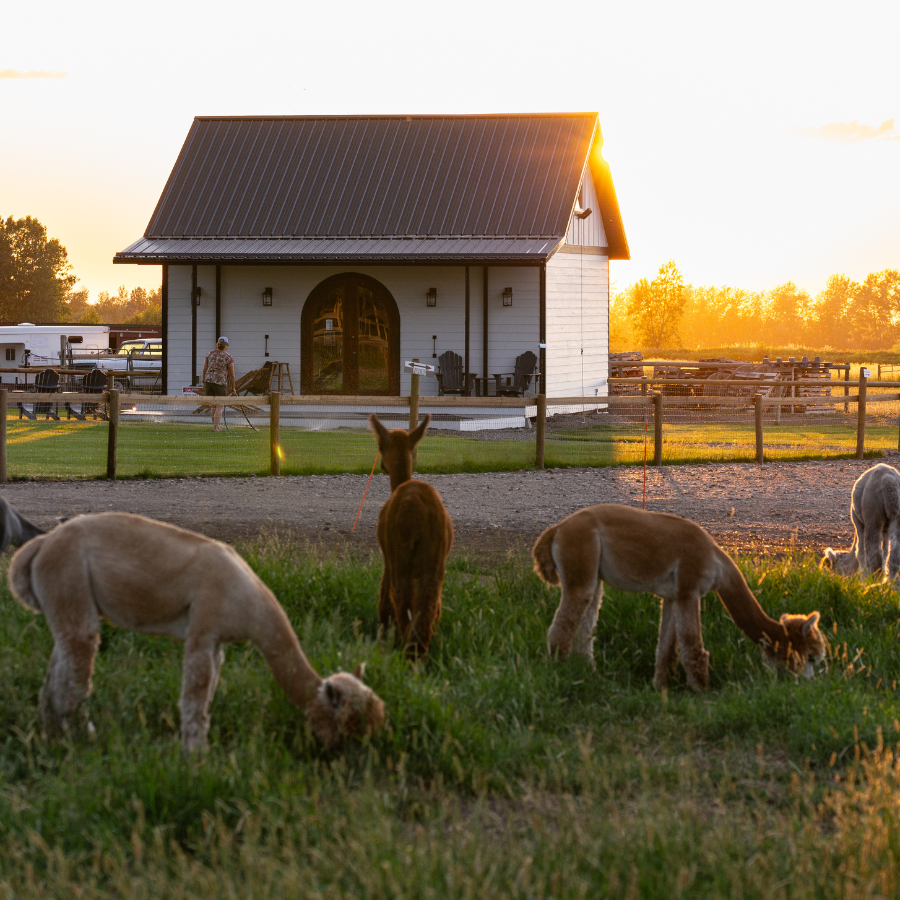Premature Alpaca Cria
By Linda Blake, Southern Alpacas Stud
Alpaca babies are lovely fluffy creatures, usually full of life and activity from birth. Occasionally one will be frail and flat - maybe because they are very small, or because they were premature, born before their due date, or dysmature, which is born on time but not yet ready for this world. These fragile cria need intensive care, to monitor their temperature and assist them feeding, if they are to survive.
Temperature regulation is essential.
Recently an early morning birther dropped her cria, five weeks early, and it did not move. It was only 10.5 lbs, which is regarded as below minimum survivable weight. It was so cold, that even after rubbing it dry in a heated barn; its rectal temperature did not register on the thermometer. Thermometers start at 89.6 degrees, so this cria was hypothermic, with his essential internal organs closing down.
Quick and decisive action was called for. We had just installed a spa pool, so I got into my bogs, put the cria into a large plastic bag to keep it dry, and together we had a warm spa! A helper held the top of the bag and kept the cria's head out of the water. The spa was at 96.8 degrees, and we had to get the cria to at least that temperature to fight the battle of survival.
Thirty minutes later and my deathly-still bundle of fluff began to move in my arms. He was christened "Maax", after the spa manufacturer, who later told us that it is recommended that pregnant women and children do not spent more than half an hour in a spa for precisely this reason, the rising of internal temperatures.
Frail, dysmature and premature cria cannot regulate their own temperature. Premature human babies are the same, and they have incubators to maintain a steady temperature. We have cria coats which we put on young cria when it is raining or cold. We also have a cria care area inside our barn, just big enough for a dam and her cria, and a human if necessary. Here we can keep them warm at night, dry during rain, and close for bonding together.
As well as keeping preemies warm, it is also important that they do not get too hot. A few days after his spa, Maax was lying stretched out in the hot summer sun, again very still. A check of the thermometer showed he was over 102.2 degrees, and the temperature was climbing into the fatal forties. We brought him inside to the air-conditioned office, where we could set the temperature lower for him. And it worked.
Assisting feeding
Fragile cria are often too weak and small to stand to feed from mom. Initially I give warm glucose water - two teaspoons of glucose dissolved in 60 mls of warm water. Glucose is absorbed as energy directly into the bloodstream, even if the gut is too tender to accept food. Glucose is the essential food for the brain to function effectively, to monitor and regulate all the processes in the body.
Cria also need colostrum to obtain the antibodies that will fight infection. The cria's stomach can only absorb this in the first 12-24 hours of life. It is in mum's first milk, and there are also artificial colostrum substitutes available.
Premature cria need feeding little and often - and for cria this means every two hours for the first day and night. After the first couple of days, if temperature is normal, and weight is being maintained, frail cria can be fed three-hourly for the next three days.
Bonding with mom
Usually we keep a mom and her cria together, as bonding between mom and cria is so important. For fragile cria, the interventions to regulate their temperature may mean taking a cria from its mom for a few hours.
The cria may then smell of humans. Avoid rubbing the cria's head or rump, near the tail, as the dam smells these areas to check that the cria is her own. Alpaca dams usually accept their babies back, unlike sheep, even after it has been handled by humans.
Watch warily
If you have a fragile cria, monitor it closely. Record all the interventions that you do, including how much it drinks. Note down what comes out the other end as well, as cria guts are the last organ to form, and may be tender or incomplete. Take its temperature regularly, remain vigilant, and take quick action.
The first week is the crucial time. If you can get a fragile cria to a week old, your chances improve that it will survive. Seeing the once fragile cria living out in the paddock, is ample reward for the all-consuming challenge of getting it up and going.
